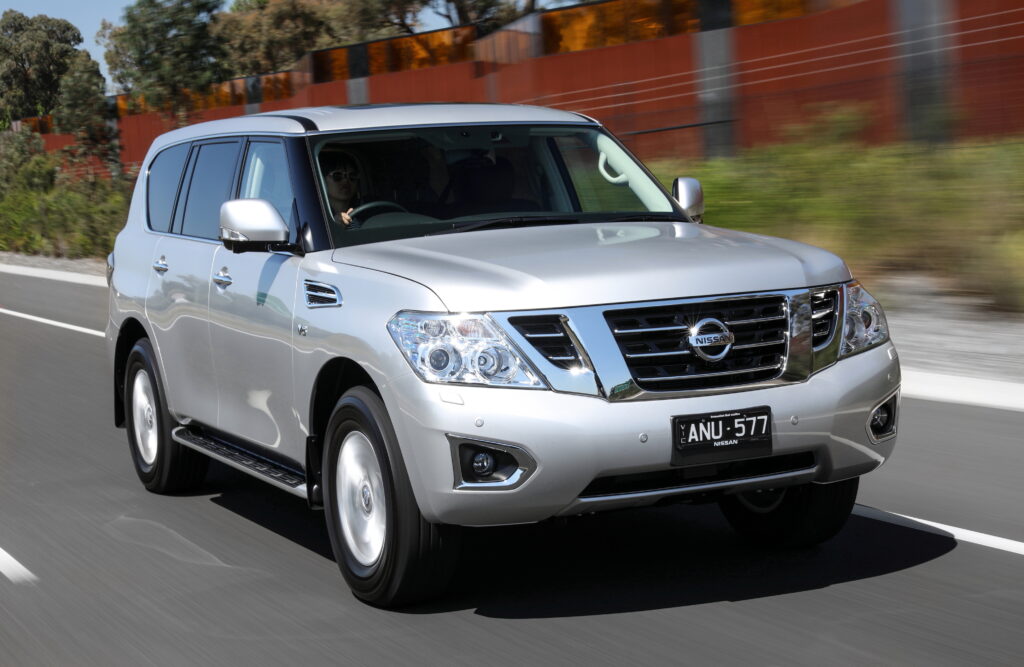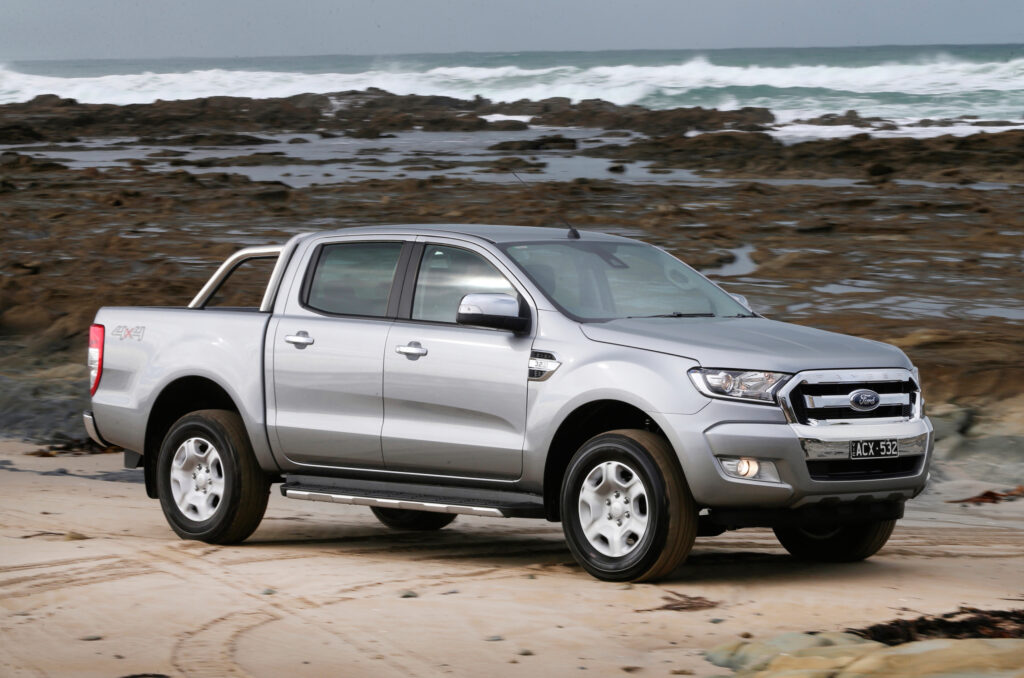Worst CO2 reduction since 2002 linked to ute and SUV boom
- PostedPublished 8 September 2018
A report published by Australia’s National Transport Commission (NTC) has showcased how the public preference for SUVs and utes is harming reductions in CO2 emissions.
Data compiled in the annual “Carbon Emissions Intensity for New Australian Light Vehicles” report indicates that the average CO2 emissions for new passenger and light commercial vehicles in 2017 was 181.7g/km – representing a reduction of just 0.3 per cent compared to the 1.1 per cent reduction achieved in 2016.
According to the NTC, 2017’s miserly reduction in average CO2 emissions is consequently the lowest achieved since 2002. Paul Retter, chief executive of the NTC, said: “Australians continue to show a preference for SUVs and utes in the 1.15 million light vehicles sold last year, which have higher emissions than smaller or greener alternatives.”
Figures published by the Federal Chamber of Automotive Industries (FCAI) show how quickly the popularity of these taller, heavier and less efficient vehicles is climbing. In 2017, for example, a total of 465,646 SUVs were sold in Australia – representing a 5.6 per cent increase on 2016’s figures.

The market shift becomes starker when you consider that, in 2016, passenger car sales clocked in at 486,257 and accounted for 41.3 per cent of the market. The following year, however, those figures dropped to 450,012 and 37.8 per cent respectively. SUVs now, for the first time, command a larger 39.2 per cent market share.
Sales of SUVs are not expected to slow, either. FCAI chief executive Tony Weber said: “The shift in industry dynamic we observed last year has now become entrenched in our market. It is a growth pattern that we expect will continue.”
The light commercial vehicles sector, which consists of vehicles such as the best-selling Toyota Hilux and Ford Ranger, is also expanding. In 2016, it accounted for 18.5 per cent of the market but, by 2017, that share had increased to 19.9 per cent.
But these trends aren’t unique to Australia. According to specialists Jato Dynamics, a total of 27.85 million SUVs were sold worldwide last year. These accounted for 34 per cent of the total market and represented a rise of 12.7 per cent compared to 2016’s figures.
The mid- and large-size SUV sectors benefited from the largest growth, driven primarily by sales in North America and China. Increasing customer demand, expanding model ranges and lower fuel prices are cited as the key reasons for the booming sales.
Although customer preferences play a substantial part in Australia’s weakening average emissions results, there are several other factors at play; fewer diesel engines are available in Australian model line-ups compared to other markets, and the only government incentive for lower-emission vehicles is a higher Luxury Car Tax threshold.

This, combined with the lower cost of fuel in Australia, further limits the sale of more efficient cars that would help drive down the country’s average emissions. Countries that apply increased taxes to vehicles with higher CO2 emissions, for comparison, tend to feature far more small and efficient cars in their best-selling line-ups.
The NTC’s report highlighted how Australia is lagging behind the likes of Europe as a result. In 2017, the average emissions for European passenger vehicles were 118.5g/km. In Australia, however, the average emissions were 171.5g/km – a whopping 45 per cent higher.
“If all Australians who purchased a new vehicle had purchased ones with best-in-class emissions, the national average carbon emissions intensity would have been reduced by 58 per cent to 76g/km,” said NTC Chief Executive Paul Retter
That said, not all the news contained in the report was negative. It states that there were 97 ‘green’ cars offered in 2017, emitting 120g/km of CO2 or less, which is a new record number. For comparison, only 51 green cars were offered in 2016 – indicating that manufacturers are rapidly reworking their ranges to include more efficient offerings, broadening the options for customers. Currently, the green car line-up includes the likes of the Toyota Corolla and Prius, Hyundai i30, BMW i3 and Ford Fiesta.
A total of 2424 electric cars are also reported to have been sold in 2017, according to the report’s figures, which is the highest number of EV sales in a single year to date and a notable 77 per cent increase on 2016’s figures. EV sales are likely set to skyrocket in the following years, given the imminent arrival of cars such as the Hyundai Ioniq, Hyundai Kona, Nissan Leaf and Jaguar I-Pace.
- CategoriesIn SightGlass
- TagsCO2, emissions, environment, SightGlass News Issue 14

